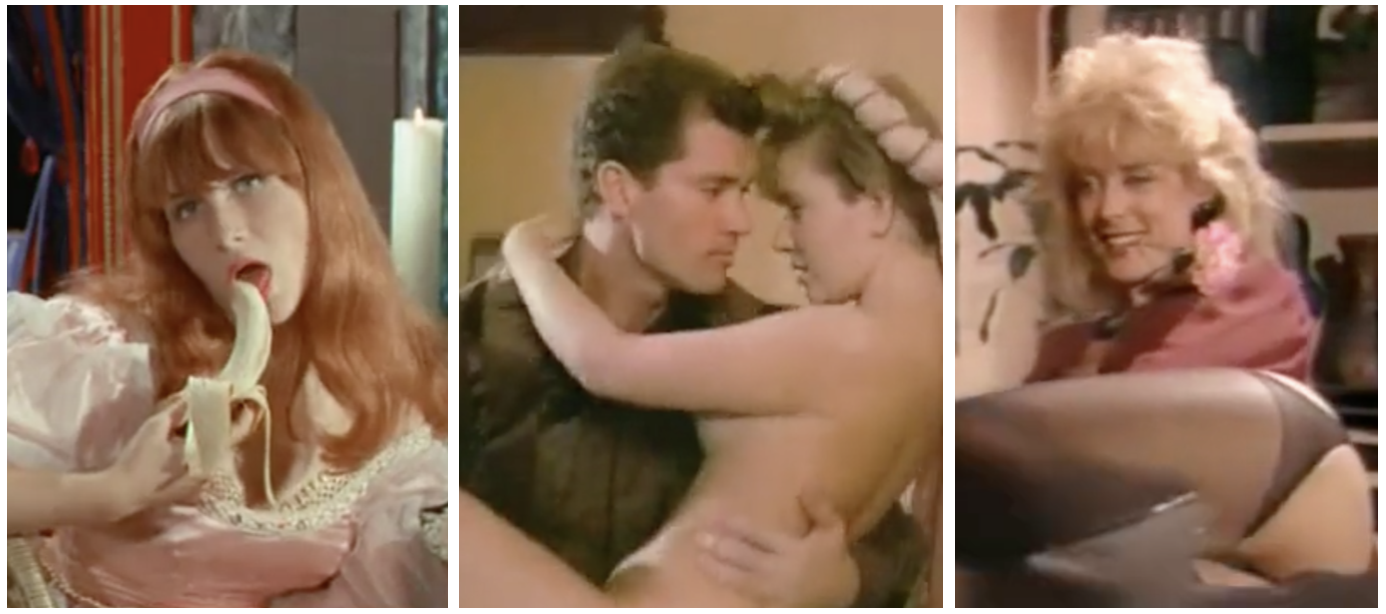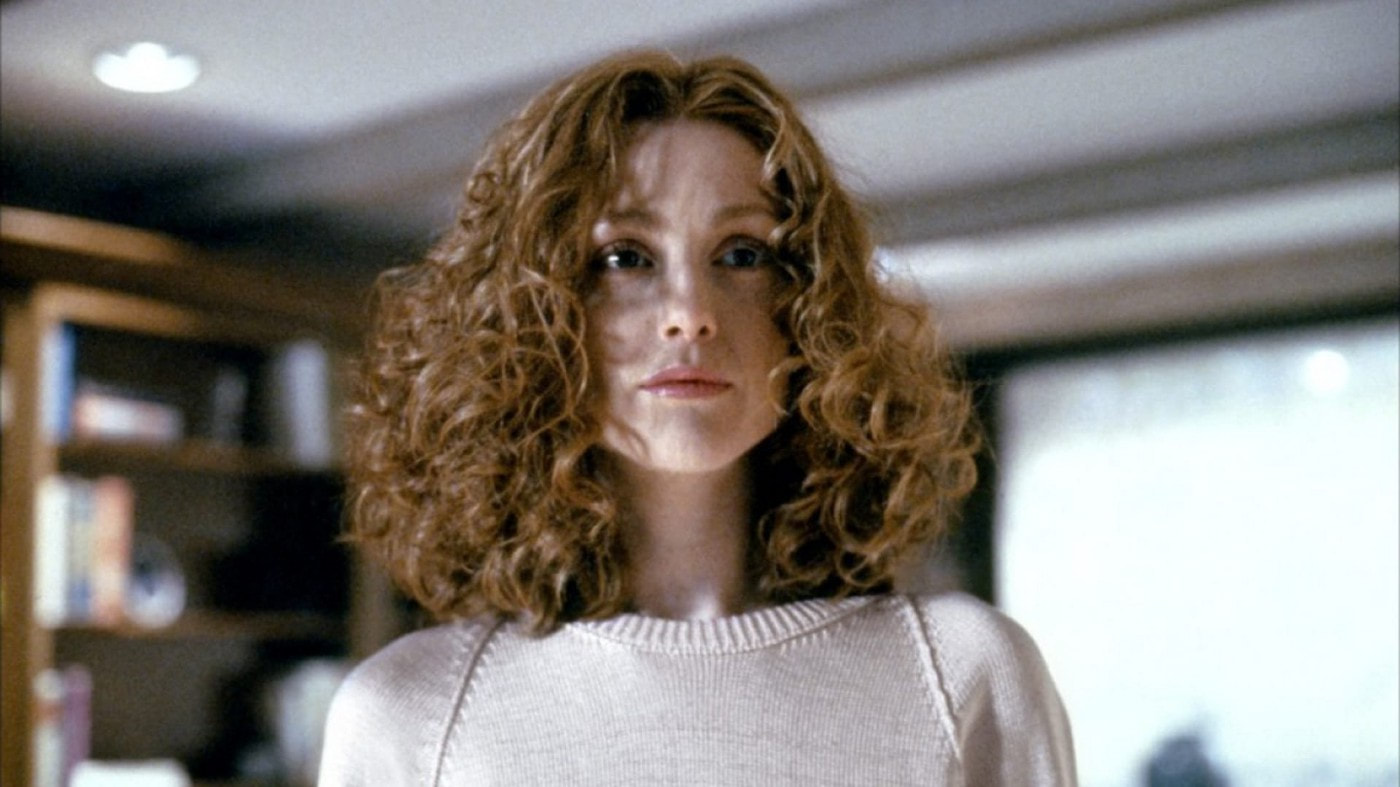
Austrian filmmaker, Michael Haneke, made The White Ribbon In 2009. It was his contribution to an age-old discussion, a paradox caused by our mortality. The fact that we are temporary imbues our lives with meaning by giving us a finite amount of time to make something of ourselves. Our limited time makes the time we have valuable. However, while mortality provides meaning and direction to our lives it simultaneously robs our lives of meaning by making all the products of our efforts ephemeral.
These two consequences stemming from the same given are at the heart of the humanities. Whether it is Shakespeare asking “Who would Fardels bear, To grunt and sweat under a weary life, But that the dread of something after death, The undiscovered country, from whose bourn, No traveler returns, puzzles the will, And makes us rather bear those ills we have, Than fly to others that we know not of.” or Woody Allen’s monologue in the opening of Annie Hall, “Two elderly women are at a Catskill Mountain resort and one of them says ‘Boy the food at this place is really terrible.’ The other one says ‘Yeah I know, and such small portions.’ Well, that’s essentially how I feel about life.” The same specter of our demise appears in both works and haunts countless others.
In The White Ribbon, Haneke addresses the issue very plainly by staging a painfully simple discussion between Anni, a 14-year-old girl, and her brother Rudolf, who is 5. Their father has had an accident and is in the hospital. The two children are home alone sharing some soup at the kitchen table.
In a very simple shot, reverse shot exchange the two children have a difficult conversation.
Rudolf: “The woman today, what was wrong with her?”
Anni: “Which woman? I see. She was dead.”
Rudolf: “What’s that?”
Anna: “What?”
Rudolf: “Dead.”
Anni: “What’s dead? Quite a question. It’s when one doesn’t live anymore. When one has stopped living.”
Rudolf: “When does one stop living?”
Anni: ‘When one is very old, or very ill”

As Anni struggles to be clear enough for Rudolf to understand, but also gentle enough to keep him from being alarmed, Rudolf presses her. He senses that his experience of life is somehow conditional but he doesn’t quite get the picture. He feels a looming betrayal in the information he is taking in. The discussion continues and seems to inexorably lead to Rudolf opening a dreadful line of questioning.
Rudolf: “ Does Everyone die?”
Anni: “yes”
Rudolf: Everyone really?”
Anni: “Yes, everyone has to die.”
Rudolf: “But not you, Anna?”
Anni: “Me too, Everyone”
Rudolf: “But not Dad”
Anni: “Dad too.”
Rudolf: “Me too?”
Anni: “You too, but not for a very long time.”
The conversation continues for a few more questions. Rudolf’s big innocent eyes and Anni’s sweet and patient smile belie the trauma that is stirring. Then without much fuss or drama but with a morbid stoicism, little Rudolf sweeps his bowl and place setting onto the floor. The scene ends there.
Child or adult, what is there left to do when you find out that life is impermanent, that indeed you are impermanent? The child’s gesture is as good as any other. The scene is reminiscent of Oskar from The Tin Drum. There is the same juxtaposition of adult angst and fragile childhood innocence. Oskar’s trauma results in him throwing himself down the stairs which sets off a series of magic-realist-esqu consequences. Haneke is always much more straight forward. His presentation is plain and simple, leaving his audience virtually no artifice to shield them from what they see.
This dialogue between Rudolf and Anni also closely resembles an episode in the mythology of Siddhartha’s life. The pivotal point for the young prince was when he broke his father’s decree and left the seclusion of the palace to see the world. When he discovered that sickness, suffering, and death are waiting for us all, he drops everything and goes on a quest to solve this intolerable situation. Similarly to the children’s discussion in The White Ribbon, the simplicity of Siddhartha’s story is meant to make a painful truth clear and plain. This truth is the motivating root of a buddhist’s search for liberation. For the Abrahamic religions, this truth was kept at bay by humanity’s ignorance. As long as we stayed naive we would live an immortal life free of pain, but eating of the tree of knowledge changed all that.
Like the first couple in Genesis, Rudolf loses his innocence and is so expelled from the Eden of childhood. The terms on which he has based his life and world view have been changed and as a result, Rudolf must reorganize his entire being to accommodate this dreadful new truth.

If you enjoyed this article click here for more
www.filmofileshideout.com/archives/a-far-too-brief-essay-about-satantango



